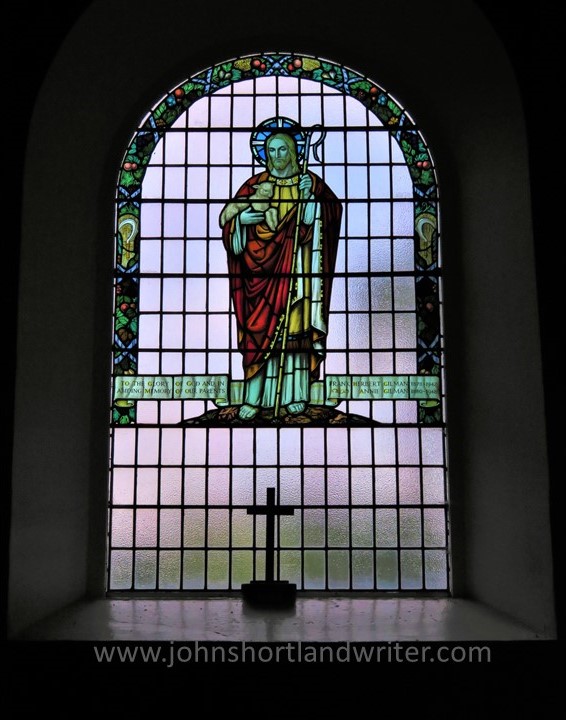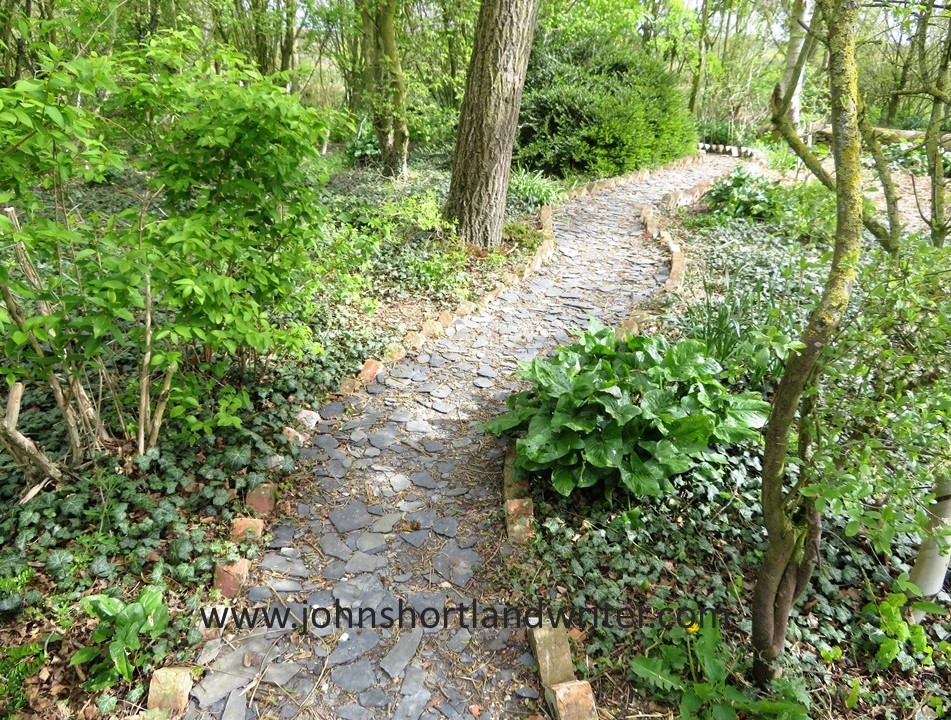It’s Halloween so when can be a better time to consider what scares us and what doesn’t? To be honest, I don’t really ‘get’ Halloween. I don’t find any excitement in all those ghoulish faces cut into pumpkins or in the buying of fake cobwebs and skeletons. Perhaps it’s because I don’t care for fancy dress of any kind: for me there is only a feeling of mild embarrassment on other people’s behalf as they don face paint and hideous costumes. Quite why I should feel the need to apologise for other people’s silliness when they are obviously enjoying themselves enormously, as are those around them, goodness knows. After all, it’s just a bit of harmless fun, isn’t it? Possibly, but then again, possibly not.
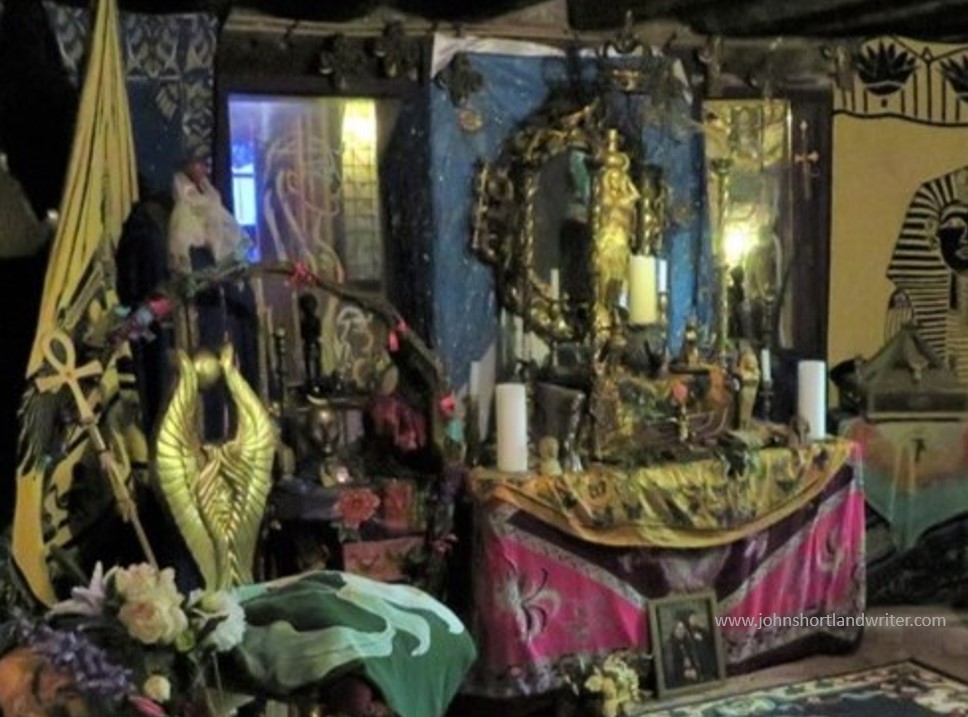
Like many teenagers, I messed around with Ouija boards without any lasting harm, but they can be a great source of trauma and anxiety for others. It isn’t pumpkins and fancy dress that are scary, or for that matter, it isn’t the dead either, it’s the living. And the one that’s likely to scare us the most is our living self for who knows what our minds are capable of conjuring up. Despite my indifference to Halloween, I do like a good scary moment as much as (or perhaps even more than) the next person. There is nothing like exploring a derelict building – especially if you can visit at dusk as I did, the old mansion in the photos below – to get the mind working overtime.
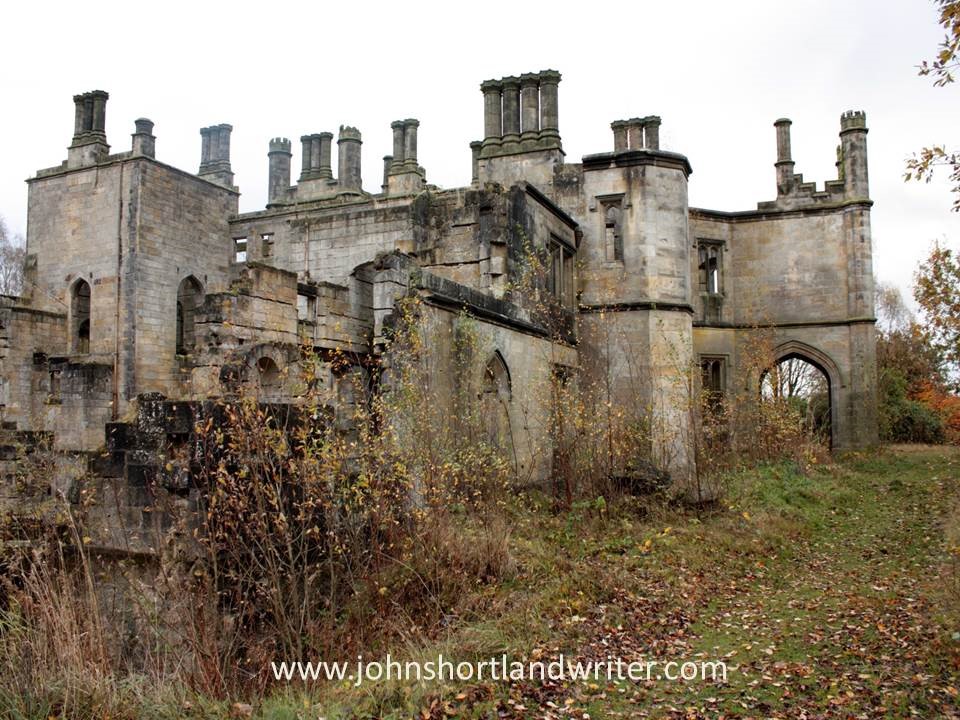
My feeling of unease only increased when, following a maze of passageways, I found myself in the cellars. I had forgotten my mobile phone and the only source of light I had was to trigger the flash on my camera. Of course, that only gave the briefest moment of vision before plunging me into even greater darkness. Extracting myself from the cellars, I made my way through derelict gardens only to find an equally ruined tower. Pushing open the door I chose not to explore further when I realised that I was entering an empty crypt – were the coffins scattered nearby, I wondered. It was definitely time to get back home and to the land of the living.
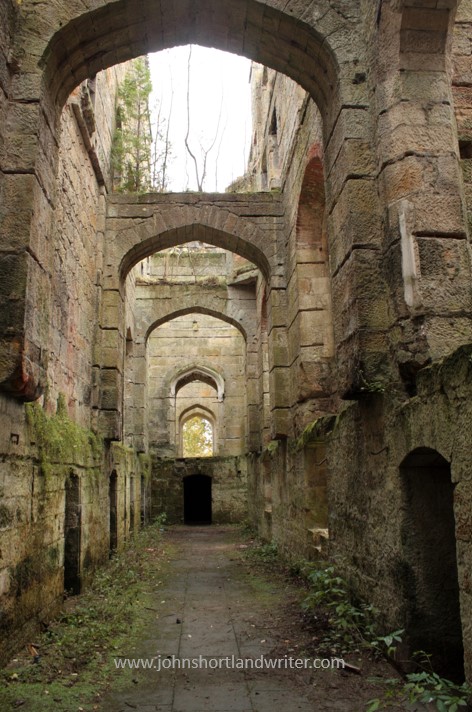
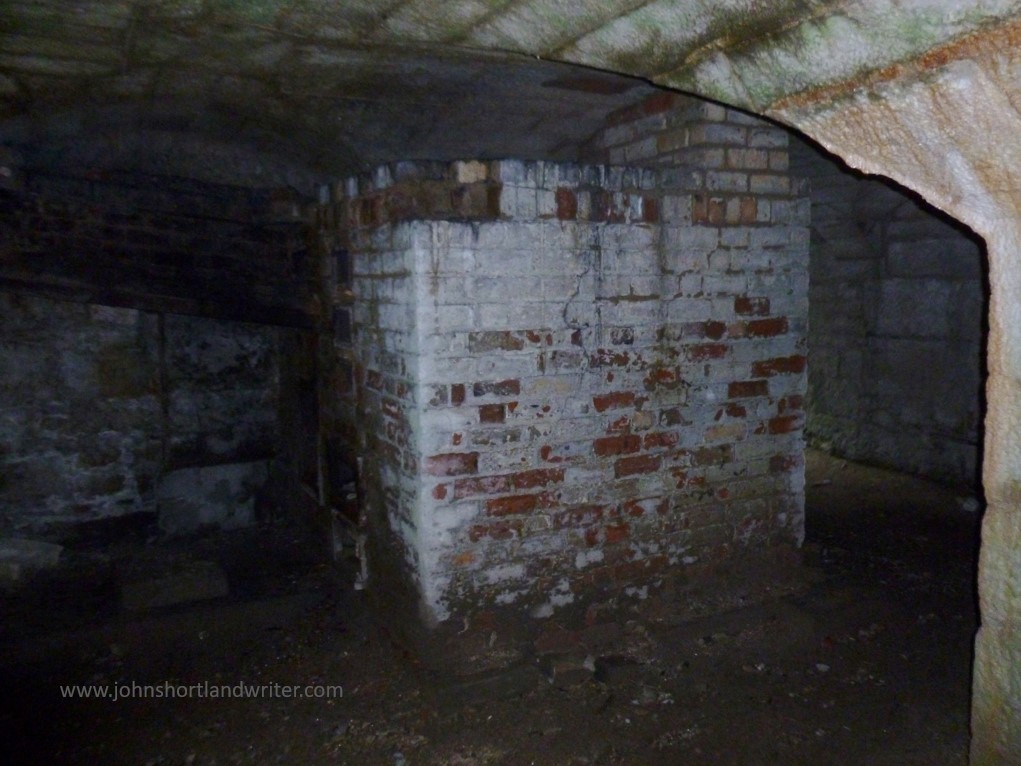
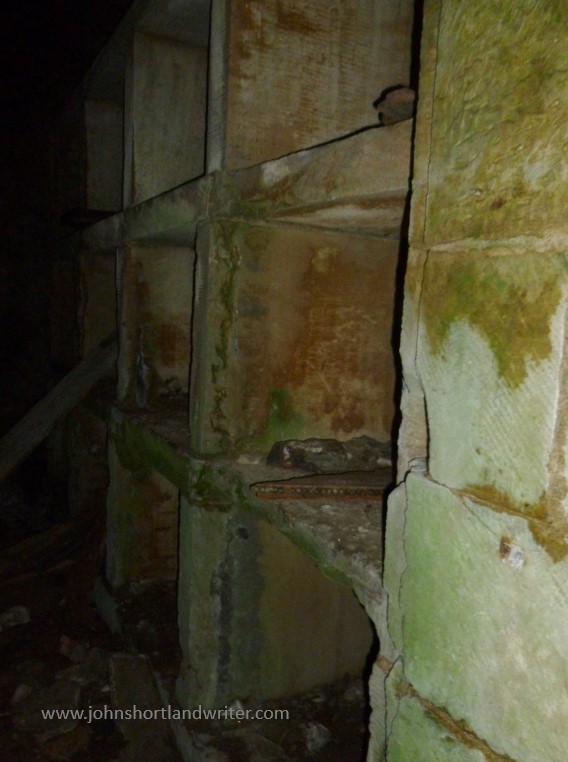
A few years ago I received an invitation to a house party and stay overnight in a remote, medieval manor house. Arriving, again at dusk, and expecting to find a throng of people, instead I entered an empty and dark house. Fortunately, the electric lights worked but as I explored the building with its stone staircases and grotesque carvings I half-wondered if I was about to star in a real-life crime drama, tricked by someone with a long-held grudge. My imagination went into overdrive when leaning against a wall of oak panelling, it opened to reveal a secret room. I was glad when my fellow partygoers arrived and the house became a lively and wonderful place to stay.
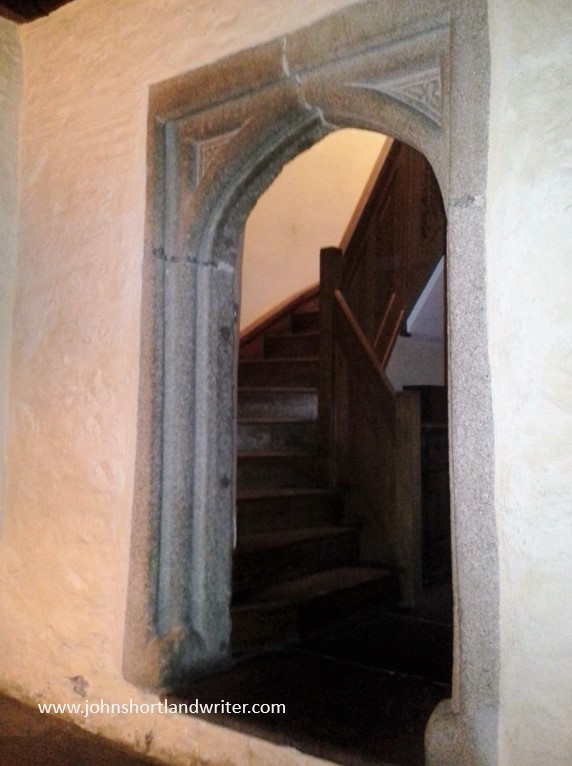

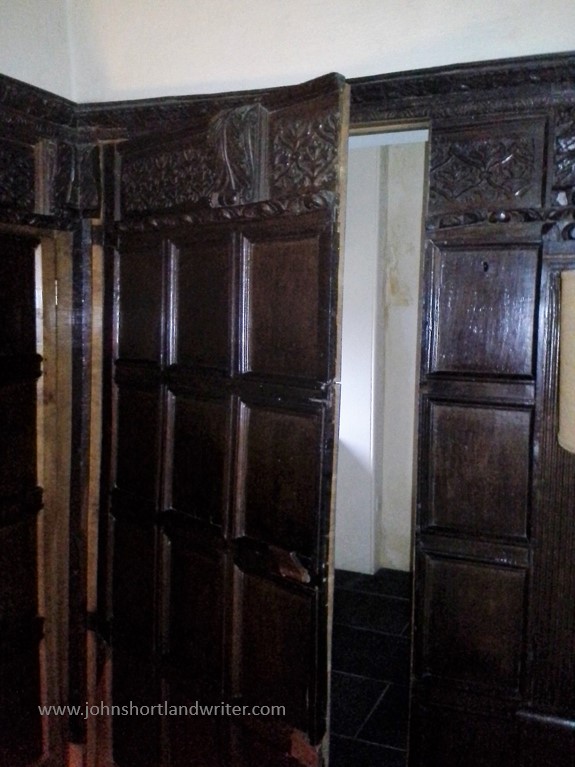
Of the various creepy experiences that I have sought out or endured (depending on the circumstance) perhaps, rather surprisingly, the ones that have unsettled me most of all have been places that are normally associated with crowds, bustle and noise. The ferry to Ireland is a case in point and an unlikely candidate for spooky. Somehow, I became the first person to board and as I walked along empty decks and through deserted lounges, it felt rather as if I had just discovered the Marie Celeste. Of course, it was only a very short while before other passengers arrived but not before I’d begun to think that others must have known something that I didn’t and had decided to stay away.
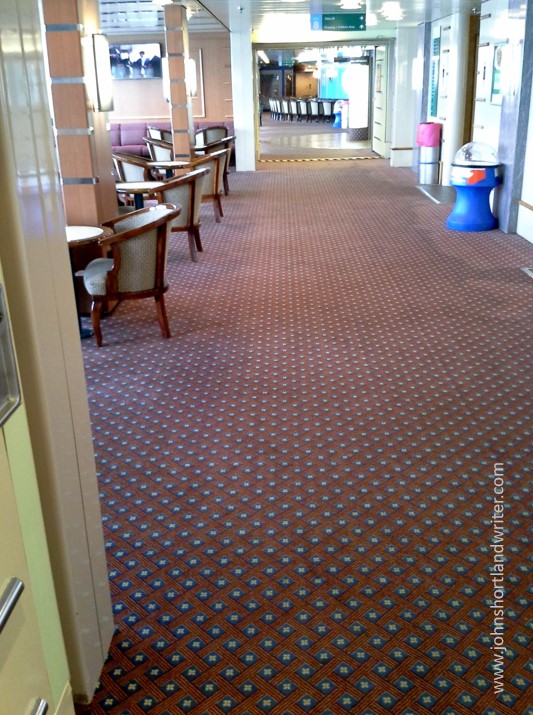

Perhaps the very creepiest place I’ve experienced was also the one I would have least expected it to be. Walking home late one night I decided to take a short cut through the fairground which had closed a couple of hours earlier. Associated with noise, excitement, music and flashing lights, the area was silent and deserted. There was no danger but around each corner I expected to find someone lurking in the shadows, not helped by the ghoul I came across hanging from a scaffold behind the blacked-out House of Horrors. Arriving back home in the darkness and silence of the secret valley I was met by the reflection of a hundred eyes watching me. Fortunately, they were real-life sheep and thankfully, not the ghosts of countless Sunday roasts coming back to haunt me.

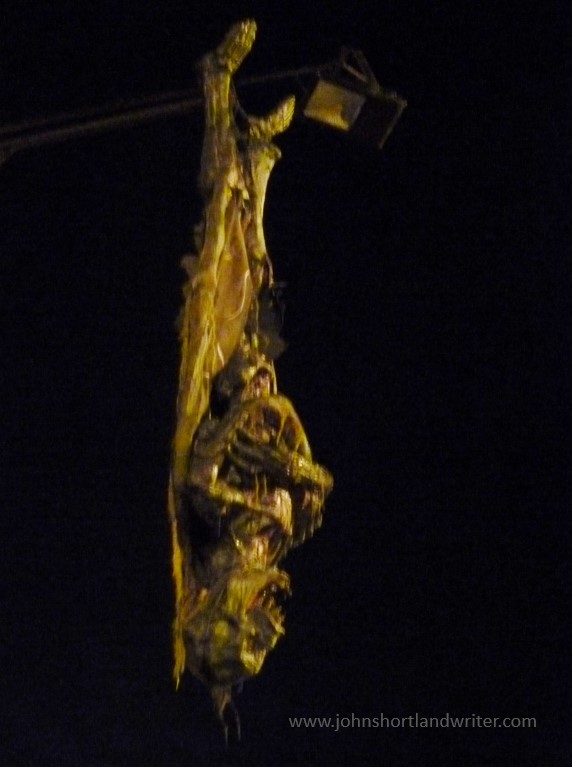
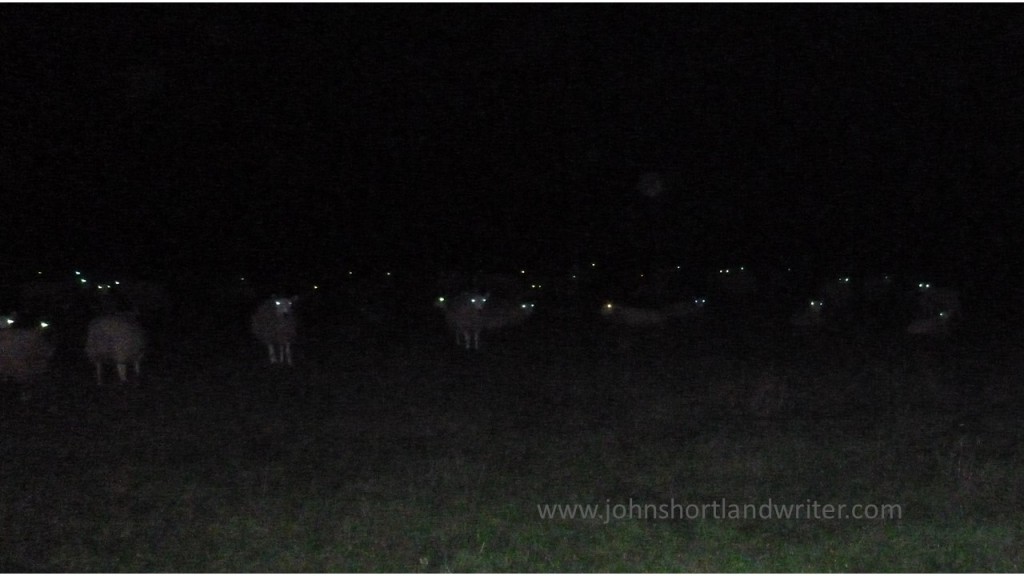
So, what do you like/dislike about Halloween? What scares you the most? I will be intrigued to know!
.
.
.















